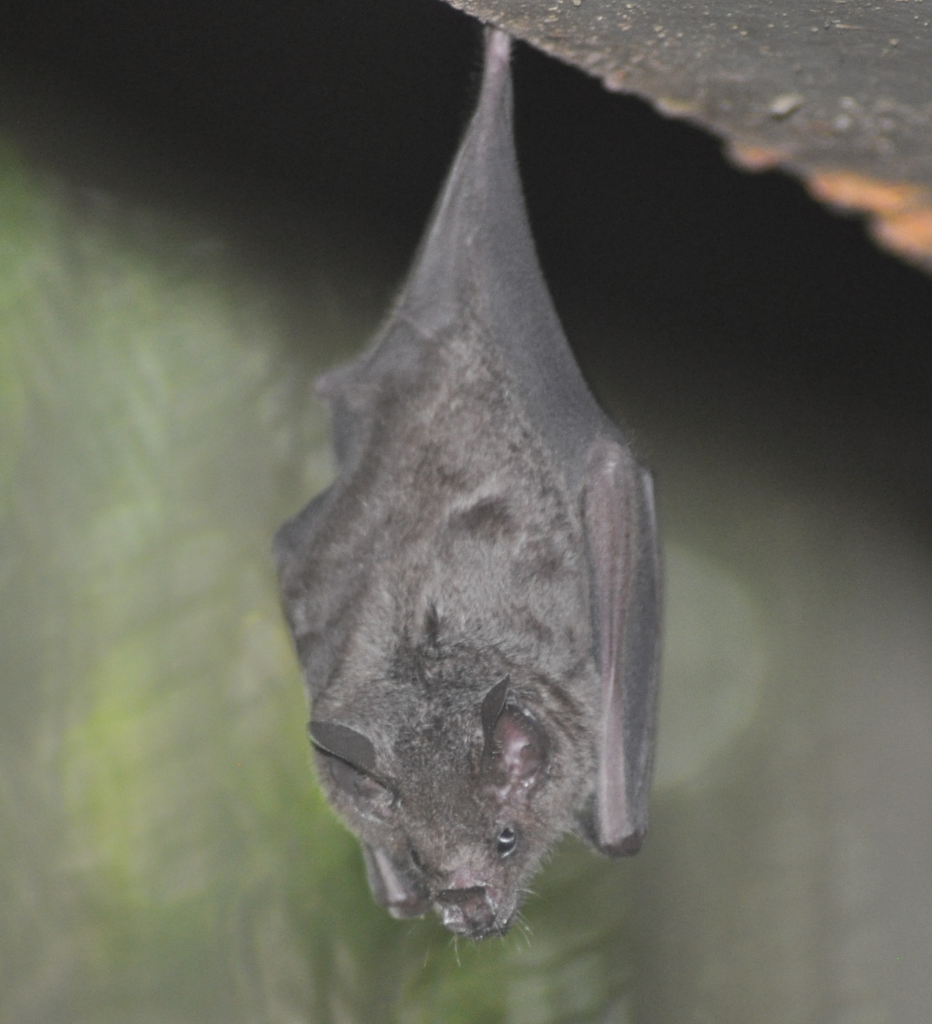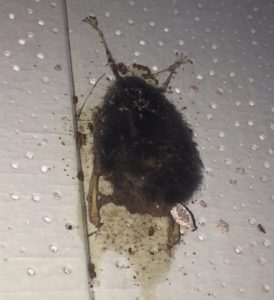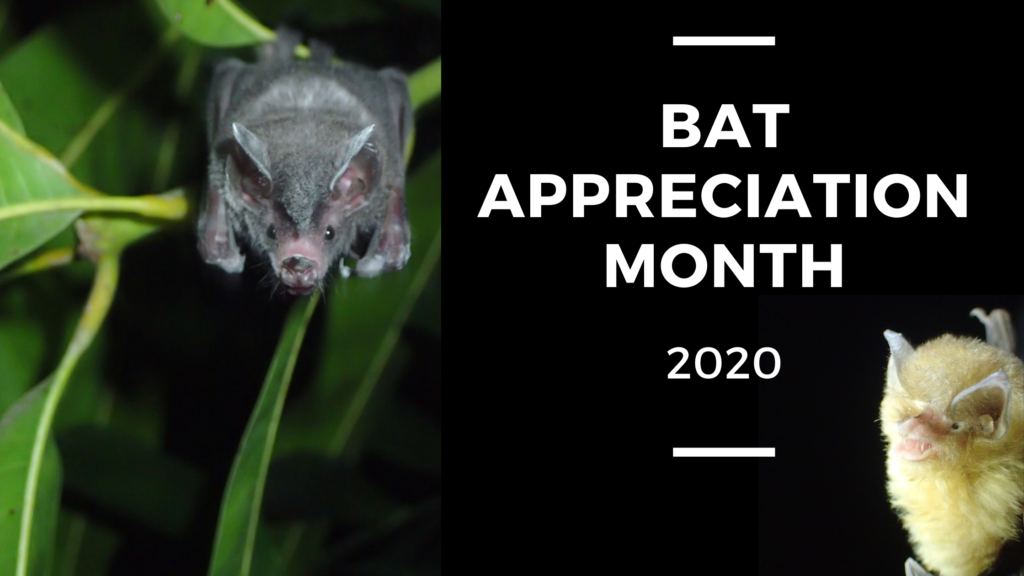If you’ve ever worked your way across a set of monkey bars, done a pull-up, or tried to just hang by your hands, then you know that it takes some work!
When we grip something, whether it be a pull-up bar or just carrying groceries, we use energy to contract the flexor muscles in our hands, while also recruiting some help from our forearm muscles. Maintaining this contraction becomes harder over time, leading to fatigue and reduced grip-strength. Now imagine if every time you wanted to take a nap, or just relax, you had to hang from your hands.

Well – that’s basically what bats do! (If you switch hands for feet). But unlike us, bats have developed some special morphology that lets them hang from their toes, WITHOUT having to maintain that constant muscle contraction.
Bat feet are controlled by a group of muscles called the flexor digitorums. These are the muscles that contract to close a bats foot when they land and hang. Attached to these muscles are tendons, which are encased in a tunnel. That tunnel has little ‘ribs’ along the inside, which help the tendon essentially ‘lock’ into place following contraction of the muscles. This special “tendon locking mechanism” means that bats don’t have to expend energy to keep those gripping muscles contracted while hanging. It also means that even after death, those muscles and tendons stay locked into place – like seen with this deceased bat, spotted still clinging to the ceiling in an old building in Panama.

Literature Sources:
Bennett, M.B. 1993. Structural modifications involved in the fore- and hind limb grip of some flying foxes (Chiroptera: Pteropodidae). Journal of Zoology 229, 237-248
Walton, D.W. and Walton, G. M. 1970. Post-Cranial Osteology of Bats. In About Bats: A Chiropteran Biology Symposium.
